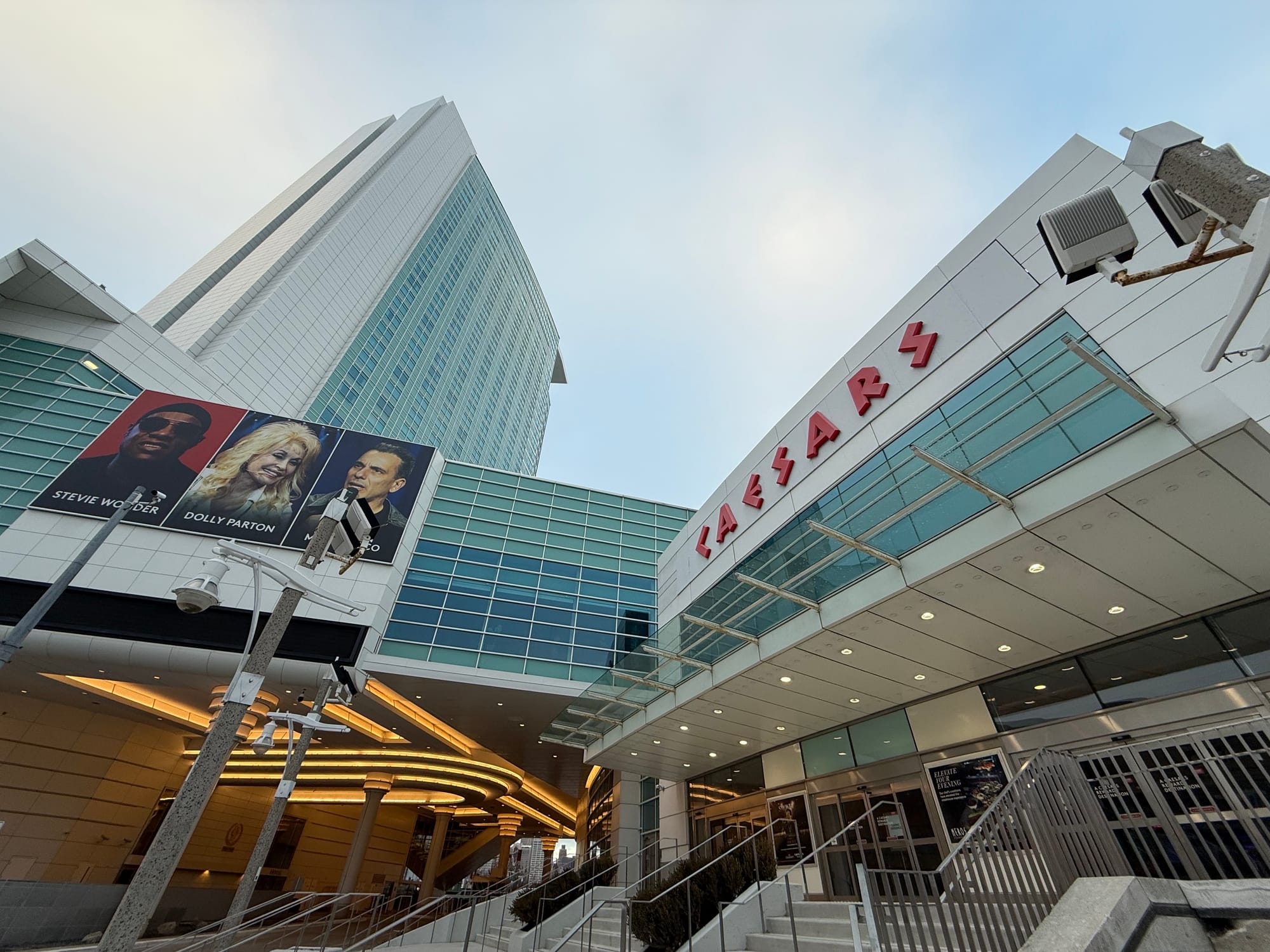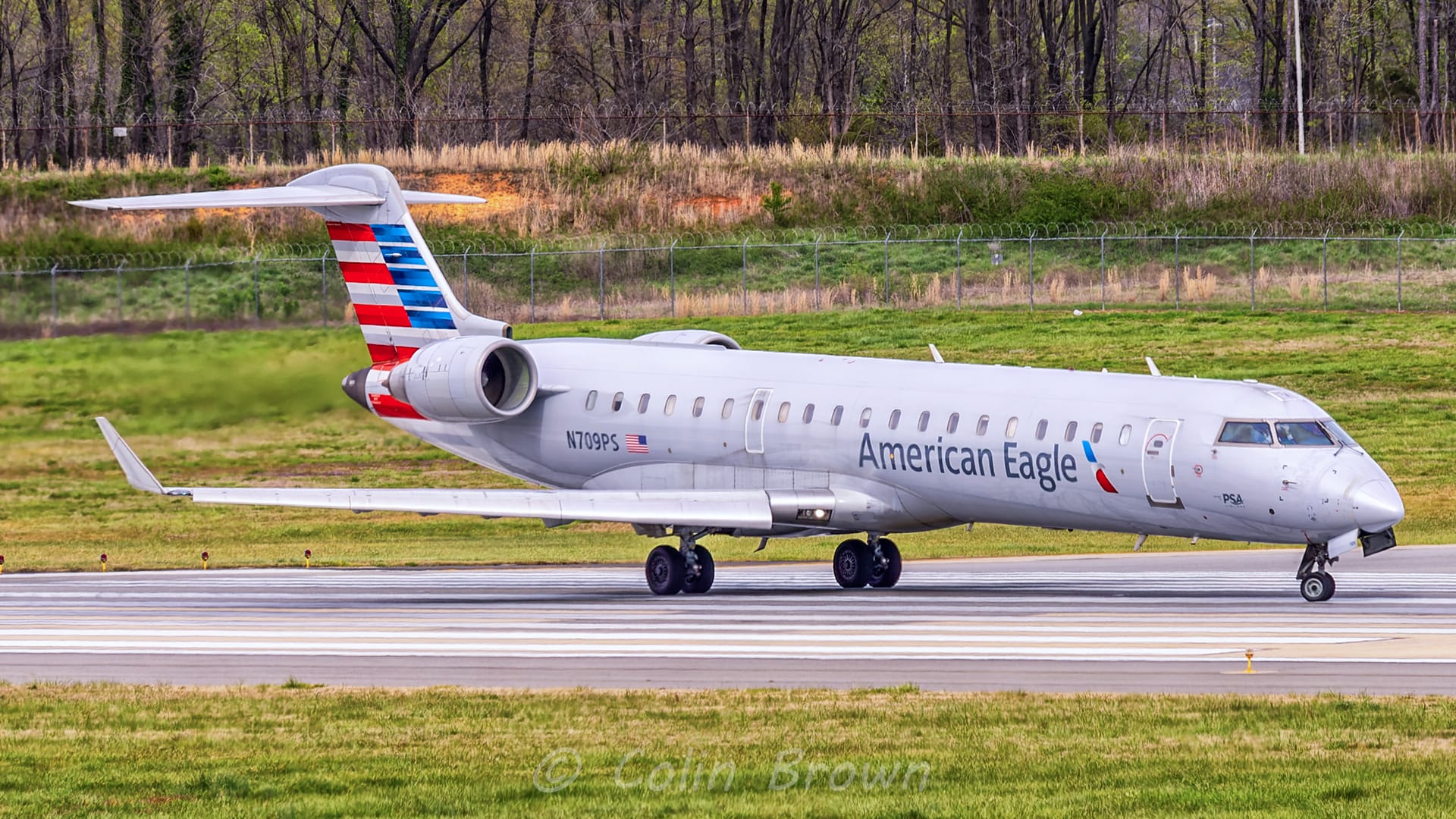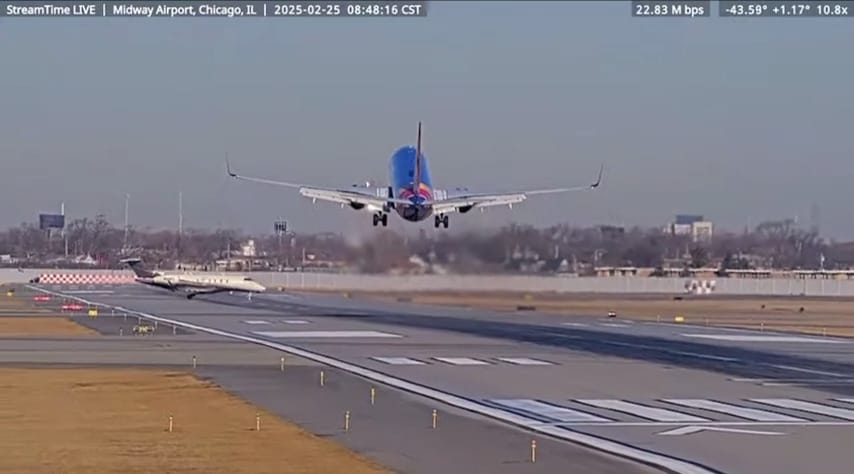ETOPS Explained: The Backbone of Long-Haul Flights
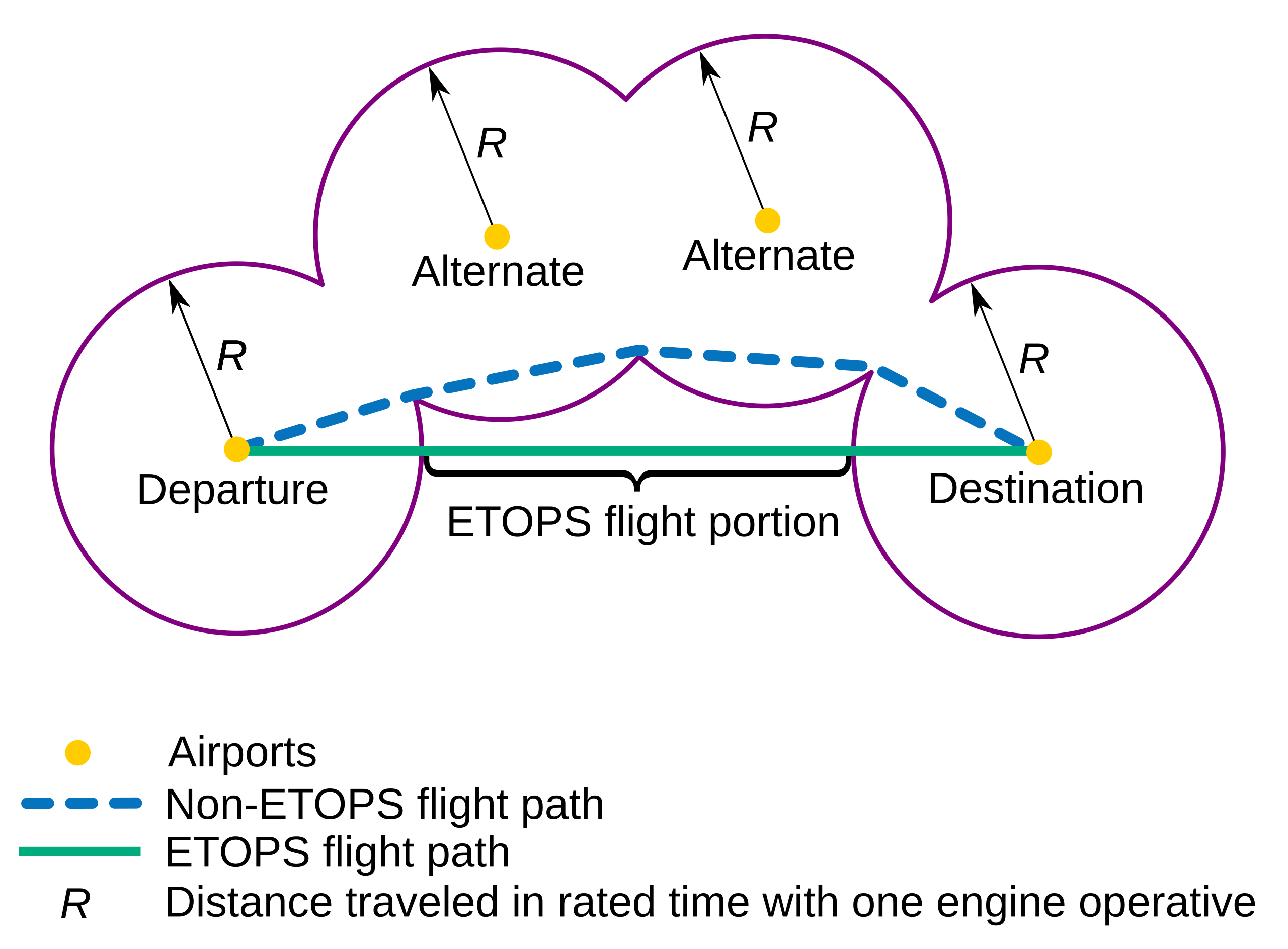
Aviation has seen remarkable advancements over the decades, with one of the most significant being the development and implementation of ETOPS (Extended-range Twin-engine Operations). ETOPS is a certification granted to twin-engine aircraft, allowing them to operate on routes that take them farther away from the nearest suitable airport than would otherwise be permitted by standard regulations.
The Origin and Purpose of ETOPS
ETOPS emerged as a response to the limitations imposed on twin-engine aircraft by the "60-minute rule." Historically, twin-engine planes were restricted to routes that kept them within 60 minutes of an alternate airport in case of an engine failure. While this ensured safety, it significantly limited the potential range and route flexibility of these aircraft.

As aircraft technology improved, particularly in the areas of engine reliability and maintenance standards, the aviation industry began to challenge this restriction. In 1985, the Boeing 767 became the first aircraft to receive an ETOPS certification, allowing it to fly routes with up to 120 minutes of single-engine flying time to the nearest alternate airport. This paved the way for more direct and fuel-efficient routes over oceans and remote areas.
ETOPS Ratings and Their Application
ETOPS certifications are granted in increments, typically ranging from 75 minutes to 370 minutes. These ratings represent the maximum allowable single-engine flying time from an alternate airport. For example, an ETOPS-180 certification permits a twin-engine aircraft to fly routes that are up to 180 minutes away from the nearest suitable airport.
Airlines and manufacturers must meet rigorous requirements to obtain ETOPS approval. These include:
- Engine Reliability: The engines must demonstrate a high degree of reliability, with a low rate of in-flight shutdowns.
- Aircraft Design: The aircraft must be equipped with redundant systems and meet specific design standards to ensure safety during extended operations.
- Maintenance Standards: Airlines must adhere to enhanced maintenance practices to maintain ETOPS certification.
- Crew Training: Pilots and crew must undergo specialized training to handle potential scenarios during ETOPS flights.
ETOPS ratings have enabled airlines to operate efficient, cost-effective, and environmentally friendly routes. For example, transatlantic flights between North America and Europe often rely on ETOPS-certified aircraft, allowing airlines to use twin-engine planes like the Boeing 787 and Airbus A321XLR instead of larger four-engine models.
ETOPS and the Modern Aviation Landscape
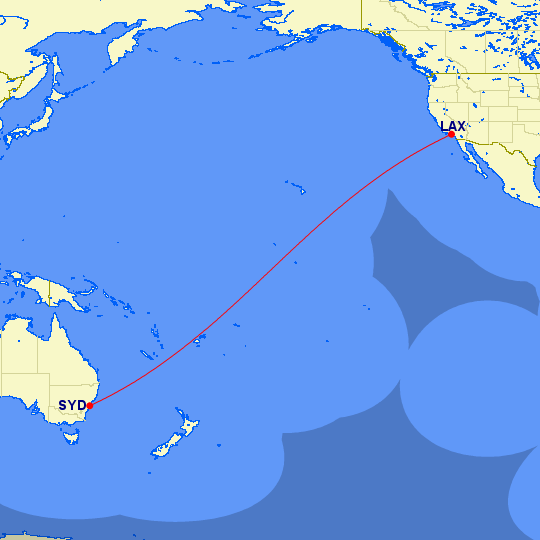
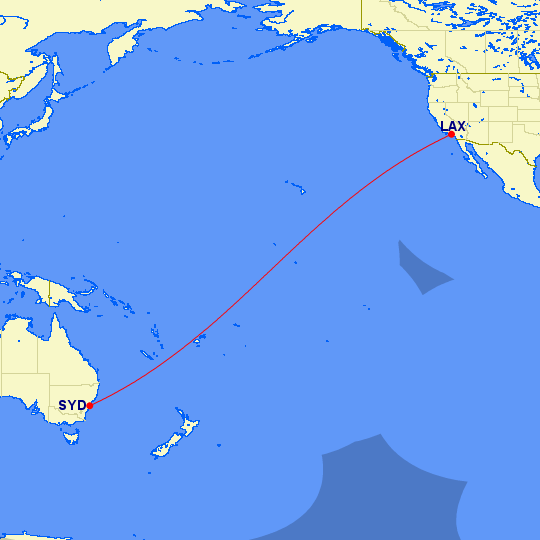
ETOPS 180 minutes vs 240 minutes
ETOPS has become a cornerstone of modern aviation, particularly for long-haul operations. With advancements in engine technology, aircraft like the Airbus A350 and Boeing 777X boast ETOPS ratings of up to 370 minutes, making it possible to operate ultra-long-haul flights across vast oceanic and polar regions. This has opened up new possibilities for direct routes, reducing travel time and fuel consumption.
For passengers, ETOPS means more route options, competitive pricing, and access to destinations that were once impractical to reach with twin-engine planes. For airlines, it translates to lower operational costs and greater flexibility in fleet deployment.
Final Thoughts
ETOPS represents a milestone in the evolution of aviation safety and efficiency. By leveraging cutting-edge technology and rigorous standards, ETOPS has redefined what twin-engine aircraft can achieve, reshaping the global air travel network. As aviation continues to evolve, ETOPS will remain a critical factor in enabling airlines to meet the demands of an increasingly interconnected world, offering travelers more options and convenience than ever before.


